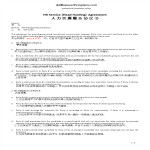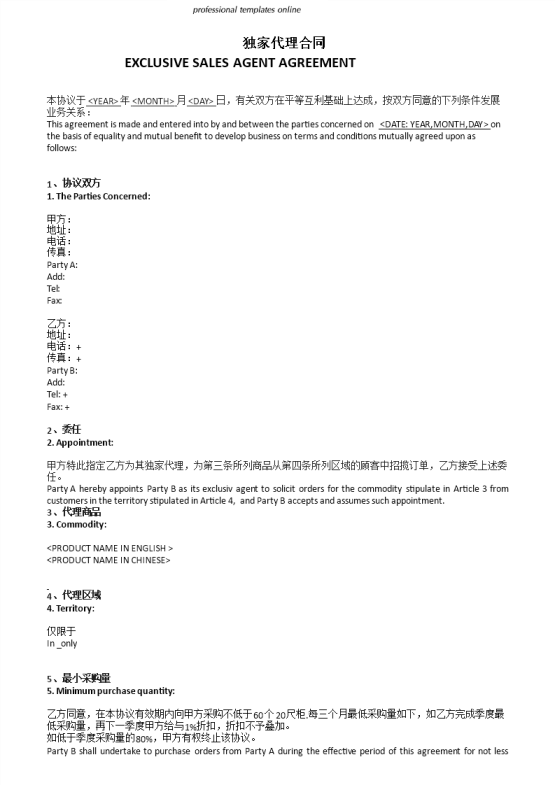Human Resource Management Strategies

Enregistrer, Remplir les champs vides, Imprimer, Terminer!
Do you need to plan your human resource management strategy for the coming years? Why do we need human resource management strategies? Download this Human Resource Management Strategies now!
Prix: USD 2.99
Téléchargez-le maintenant

Formats de fichiers premium disponibles:
.docx- Ce document a été certifié par un professionnel
- 100% personnalisable
Business Entreprise HR RH HRM GRH hr management gestion des ressources humaines
Do you need to plan your human resource management strategy for the coming years? Why do we need human resource management strategies? Our templates are designed to help businesses streamline their HR processes and increase efficiency. Download our templates now which you can customize to suit the specific needs of your business.
Human Resource Management (HRM) strategies refer to the comprehensive, long-term plans and initiatives that organizations develop and implement to effectively manage their human capital. These strategies are designed to align an organization's workforce with its overall goals, objectives, and mission. HRM strategies encompass a wide range of practices and policies aimed at recruiting, retaining, developing, and optimizing the performance of employees.
Key components of HRM strategies typically include:
- Recruitment and Talent Acquisition: Developing strategies for attracting and hiring the right talent for the organization. This includes defining job roles, creating job descriptions, selecting appropriate recruitment channels, and establishing recruitment metrics.
- Training and Development: Implementing programs and initiatives to enhance the skills, knowledge, and competencies of employees. This may involve employee training, workshops, mentorship programs, and ongoing learning opportunities.
- Compensation and Benefits: Developing a compensation structure and benefits packages that are competitive in the market and aligned with the organization's financial capabilities and employee needs. This includes salary structures, bonuses, healthcare, retirement plans, and other perks.
- Performance Management: Establishing systems and processes for evaluating and managing employee performance. This includes setting clear performance goals, conducting regular performance reviews, and providing feedback and coaching.
- Employee Engagement and Satisfaction: Strategies for fostering a positive workplace culture, enhancing employee morale, and ensuring that employees are motivated, engaged, and satisfied in their roles.
- Succession Planning: Identifying and nurturing potential future leaders within the organization to ensure a pipeline of talent for key positions. This involves identifying high-potential employees and providing them with development opportunities.
- Diversity and Inclusion: Developing policies and initiatives to promote diversity and inclusion within the workforce, ensuring that the organization benefits from a wide range of perspectives and experiences.
- Employee Relations and Conflict Resolution: Implementing processes and procedures for managing employee relations, addressing conflicts, and maintaining a harmonious work environment.
- Workforce Planning: Aligning the workforce with the organization's long-term strategic plans and goals. This includes assessing current and future workforce needs and making adjustments accordingly.
- HR Technology and Data Analytics: Leveraging technology and data analytics to streamline HR processes, make data-driven decisions, and gain insights into workforce trends and performance.
- Compliance and Legal Considerations: Ensuring that HR practices and policies comply with labor laws, regulations, and industry standards. This includes managing legal and compliance issues related to employment.
- Health and Safety: Implementing workplace health and safety programs to protect the well-being of employees and ensure compliance with occupational health and safety regulations.
HRM strategies are dynamic and may evolve over time in response to changing organizational needs, market conditions, and workforce demographics. Effective HRM strategies are essential for attracting, retaining, and developing talent, which is a key factor in an organization's success and competitiveness.
Download this professional Human Resource Management Strategies template now!
For more business templates? Just browse through our database and website! You will have instant access to thousands of free and premium business templates, legal agreements, documents, forms, letters, reports, plans, resumes, etc., which are all used by professionals in your industry. All business templates are ready-made, easy to find, wisely structured, and intuitive.
AVERTISSEMENT
Rien sur ce site ne doit être considéré comme un avis juridique et aucune relation avocat-client n'est établie.
Si vous avez des questions ou des commentaires, n'hésitez pas à les poster ci-dessous.


